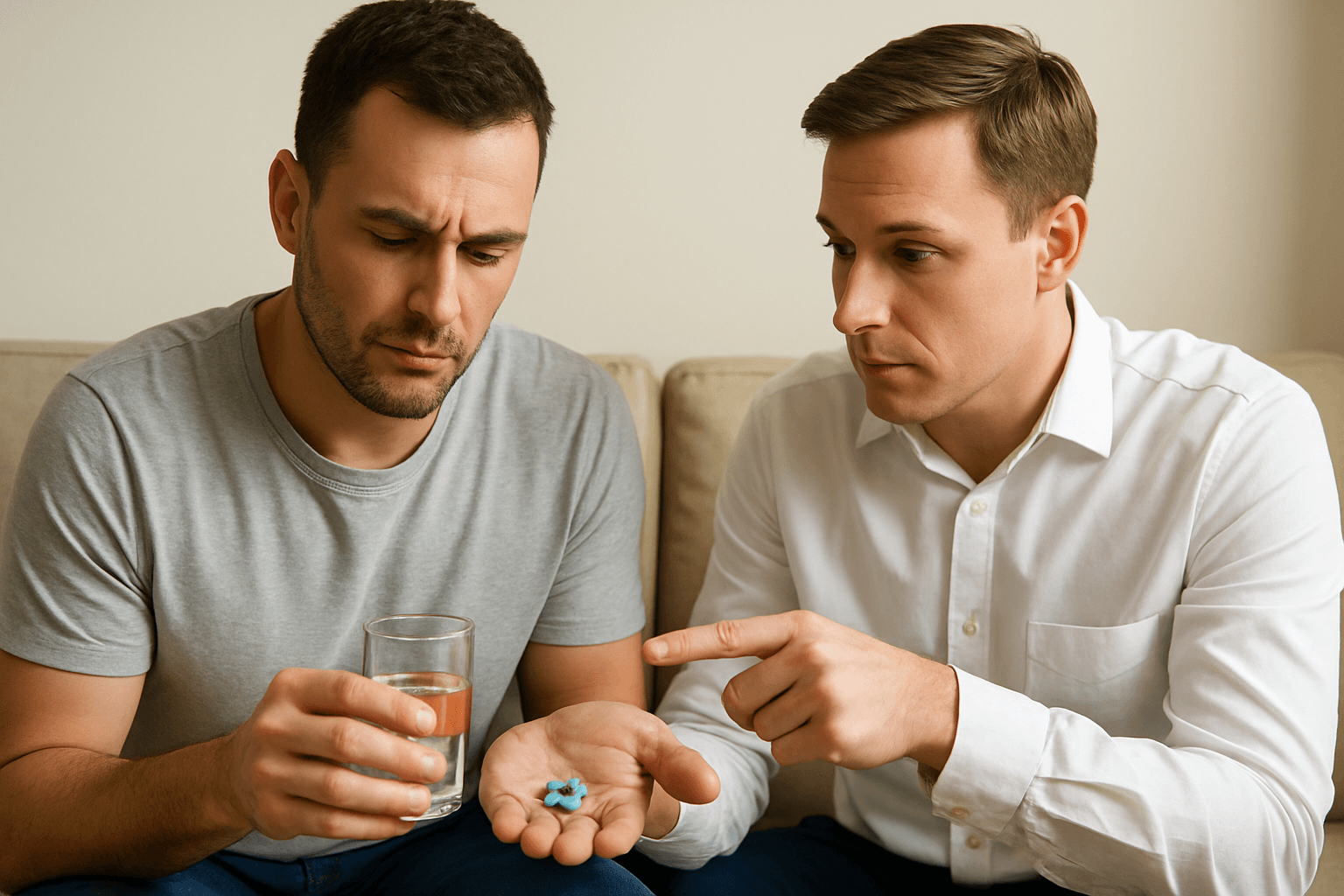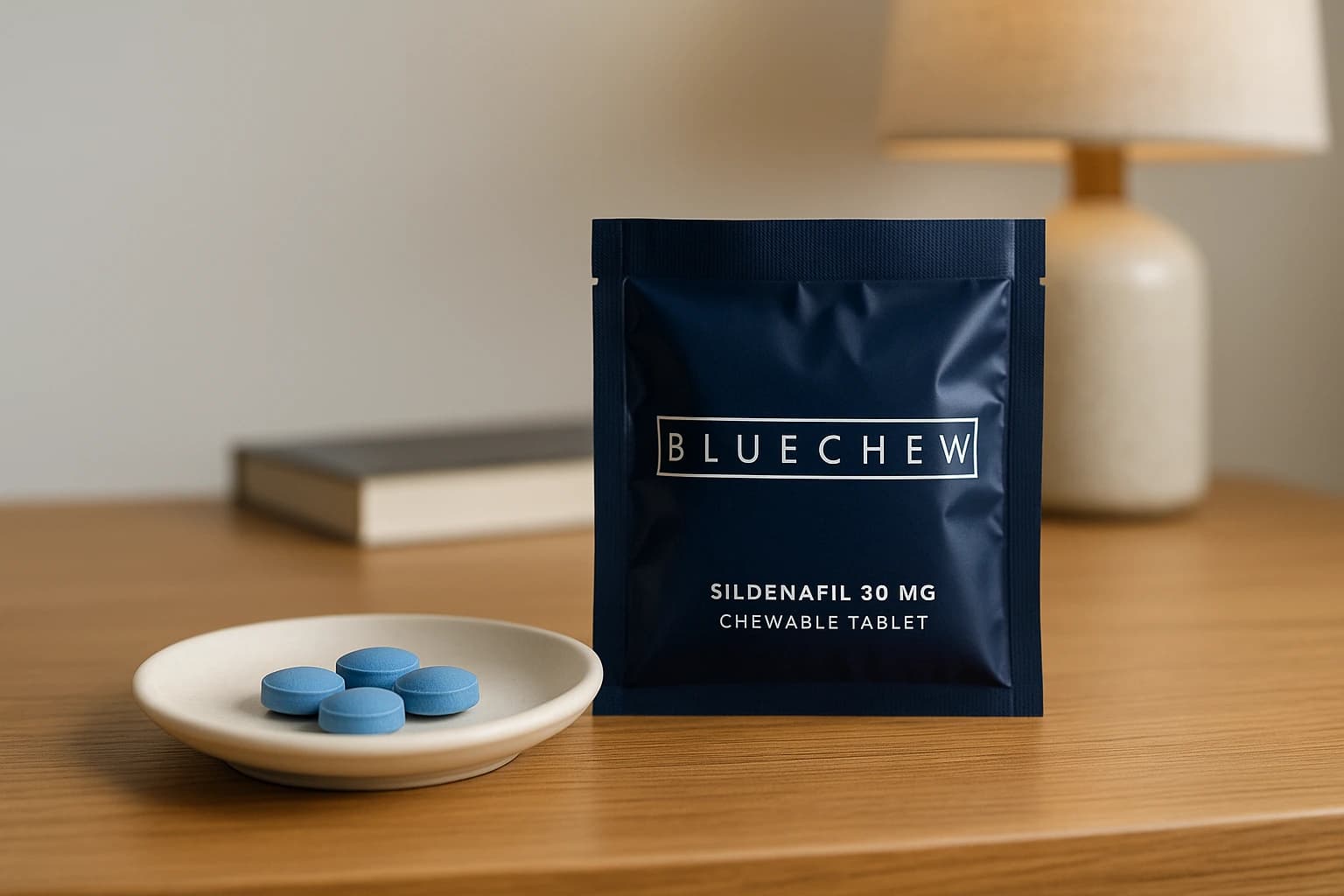Sildenafil Overdose Symptoms and Emergency Signs
Knowing the warning signs of sildenafil overdose can be lifesaving. These symptoms often develop gradually but can quickly become medical emergencies requiring immediate intervention.
Immediate Physical Warning Signs
The earliest signs of sildenafil overdose often mirror common side effects but with increased intensity. Severe headaches that don't respond to over-the-counter pain relievers, extreme dizziness that makes standing difficult, and nausea accompanied by vomiting are red flags that shouldn't be ignored.
Facial flushing that extends beyond mild redness to deep, widespread skin changes, along with a severely stuffy nose that makes breathing difficult, can indicate dangerously high medication levels. These symptoms suggest your body is struggling to process the excess medication.
Cardiovascular Emergency Symptoms
The most dangerous overdose symptoms involve your cardiovascular system. Chest pain, especially if it's crushing or radiating to your arm or jaw, requires immediate emergency care. This could indicate your heart is struggling with the medication's effects on blood flow.
Rapid or irregular heartbeat, particularly if accompanied by shortness of breath or sweating, suggests your cardiovascular system is in distress. Some men experience the opposite—an extremely slow heart rate that leaves them feeling weak and confused.
Severe drops in blood pressure can cause fainting, extreme weakness, or confusion. If you feel like you might pass out or actually lose consciousness, this is a medical emergency requiring immediate professional intervention.
Vision and Hearing Changes That Require Medical Attention
Sildenafil can affect your vision and hearing, and overdose symptoms in these areas can become permanent if not addressed quickly. Sudden vision changes, including blurred vision, seeing blue or green tinges, or partial vision loss, need immediate medical evaluation.
Complete or partial hearing loss, especially if accompanied by ringing in the ears or dizziness, can indicate serious complications. These symptoms might seem less urgent than chest pain, but they can signal damage that becomes irreversible without prompt treatment.




